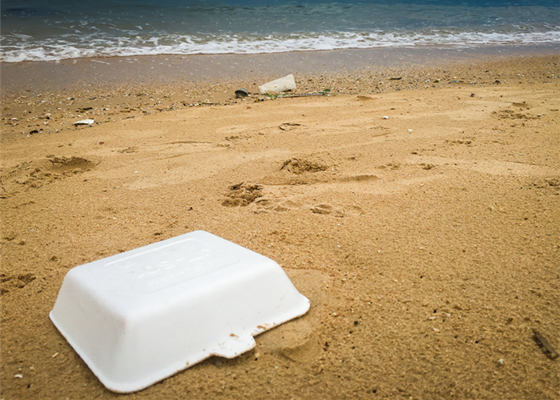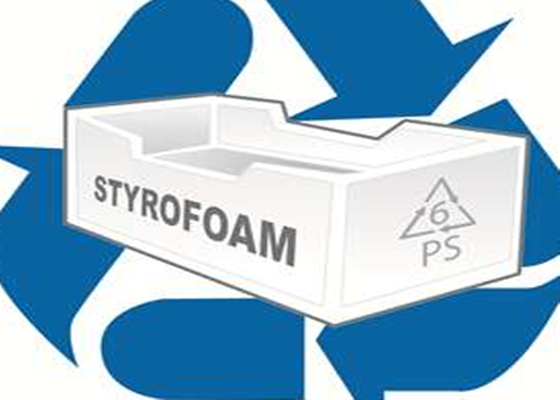Styrofoam recycling can make way for more plastic-based products and reduce the amount of waste that ends up in landfills
In the last 30 years, hundreds of California communities have come to adopt ordinances prohibiting restaurants from using expanded polystyrene food ware containers, popularly known as Styrofoam, which is not biodegradable and, once used, the container is discarded into the waste stream where it will remain indefinitely. This type of petroleum-based plastic is lightweight and brittle, and it pollutes our environment hence more and more people pursue Styrofoam recycling.
Research shows that Styrofoam ends up in the waste stream even if one places it in the recycling bin — harming the environment, marine life and humans. Unfortunately, the majority is blown into the ocean because it is light in weight and easily breaks into very small, uncollectible pieces. Once in the ocean, polystyrene is often mistaken as food by marine life and ingestion of the single-use plastics can become fatal.

The ocean is estimated to have by 2050 more plastics than fish by weight. University of California, Davis, performed a study in 2015 that found a quarter of all fish sampled in California grocery stores had trace amounts of plastics. Marine life and consumers are now eating plastics! “In 1999, an estimated 300,000 tons of EPS was landfilled in California” costing California tax payers $30 million annually, according to the Equinox Project Center for Sustainable Energy. The San Diego City Council adopted a waste diversion plan of 75 percent waste by 2020, 90 percent by 2035 and 100 percent by 2040. To recycle styrofoam and make them removed from the waste stream can meet these goals and reduce costs.

Once recycled, Styrofoam materials can be made into many different plastic-based products and this will reduce the amount of waste that ends up in landfills.
